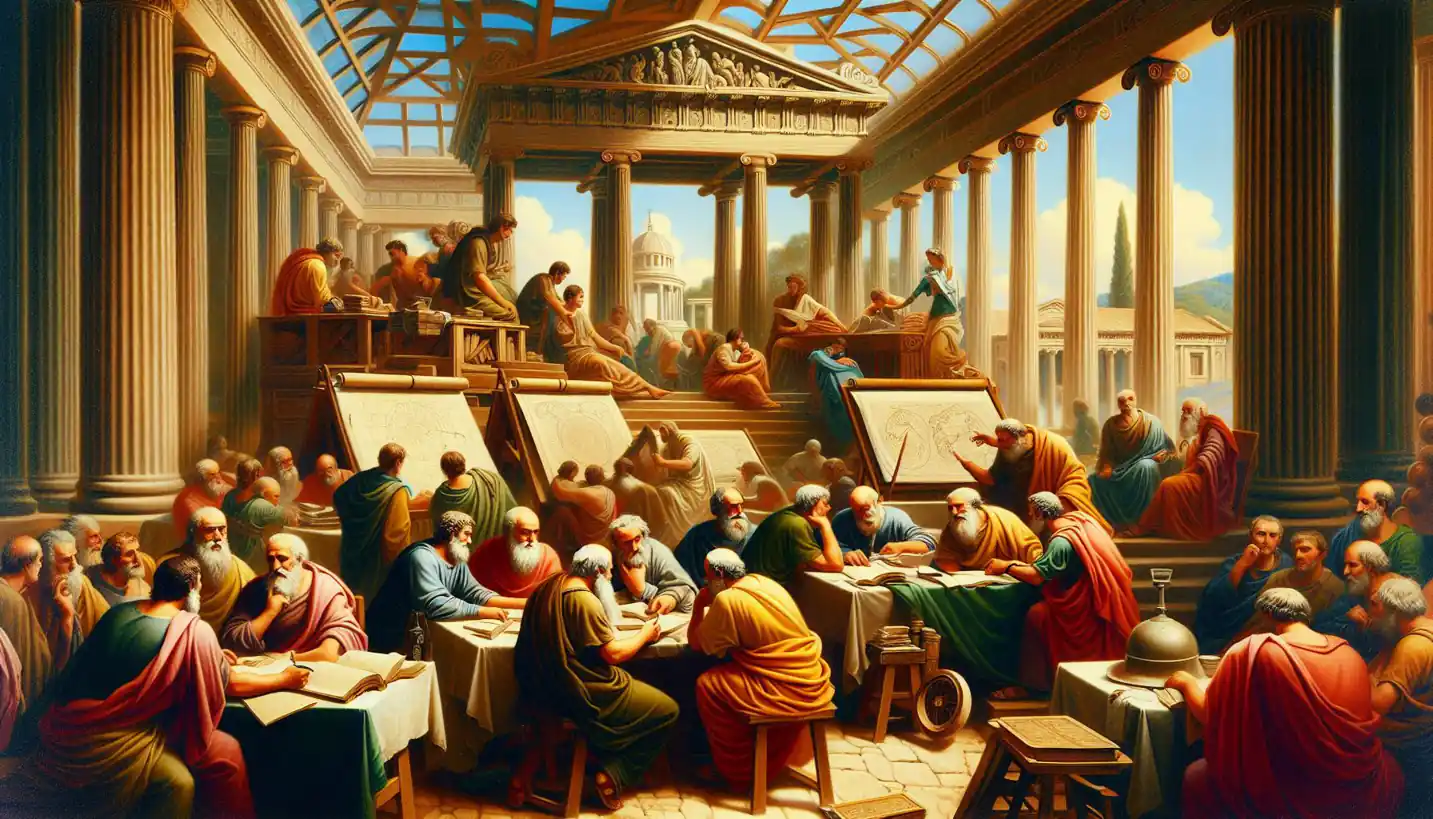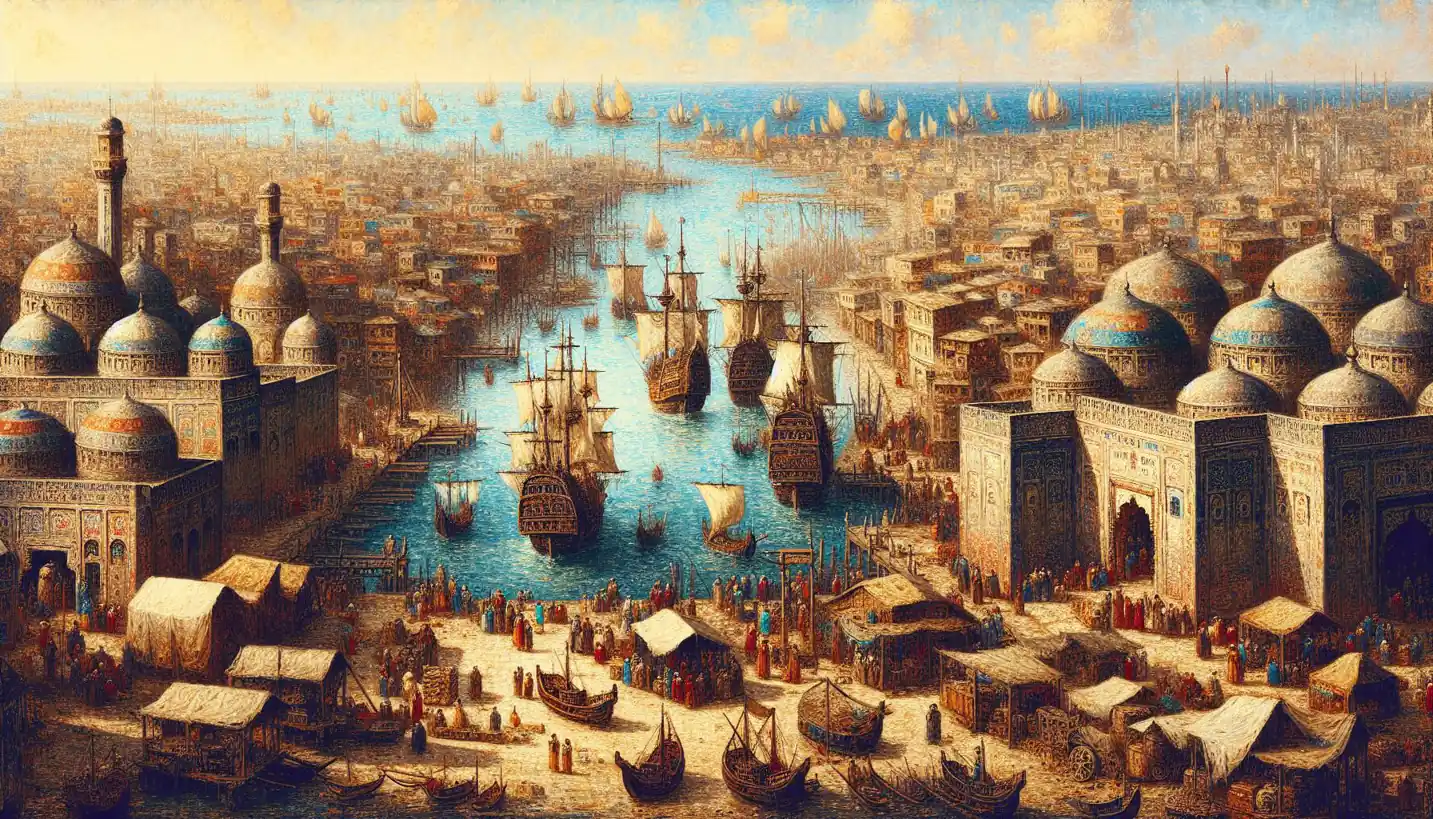· History · 4 min read
Suburban Sprawl: A Journey Through Urban History
Suburban sprawl takes you on a journey through changing urban landscapes. Understand how expanding suburbs have redefined city living and planning.

Let’s dive into the intriguing story of suburban sprawl, a phenomenon that’s shaped the way we live, work, and move around in modern cities. It’s a tale that stretches across decades, filled with dreams of the good life, unexpected challenges, and a constant push and pull between city and countryside.
Suburban sprawl refers to the spread of city developments, like homes and shopping centers, into areas that were once rural or natural landscapes. Think of it as cities growing outward instead of upward. This expansion isn’t just a matter of geography; it’s deeply connected to cultural, economic, and technological changes.
The Birth of Suburbs
To understand suburban sprawl, we have to rewind to the late 19th and early 20th centuries. During this time, the industrial revolution was in full swing, and cities were booming with factories, jobs, and people. Life in these urban centers was bustling, but also crowded and often dirty due to pollution from industries.
People started dreaming of quieter, cleaner places to call home. The invention of electric trains and streetcars made commuting from the outskirts to city centers possible, giving birth to some of the first suburbs. These early suburbs were like tiny oases of calm compared to the buzzing cities.
Post-War Boom: The Rise of the Suburbs
Fast forward to the 1950s, post-World War II America saw an explosive growth in suburban development. Soldiers returning home had dreams of family life in peaceful neighborhoods. The federal government supported these dreams by offering affordable home loans, and the construction of highways facilitated easy commutes to job centers.
The iconic image of suburban life—neat rows of houses, each with a white picket fence and a backyard—became the American dream. However, this wasn’t just an American story; countries around the world experienced similar suburban booms.
Cars: The Catalyst and Challenge
Cars played a huge role in suburban sprawl. With affordable vehicles becoming widely available, people no longer had to live close to train stations or bus routes. Roads became the arteries that connected sprawling suburban neighborhoods with urban job markets.
However, this car dependency also led to some problems. As more people settled in suburbs, traffic congestion increased, leading to longer commute times. More roads and highways were built, but they often encroached on natural spaces and farmland, raising concerns about environmental impacts.
Economic and Social Aspects
Suburban sprawl brought economic growth through the construction industry, retail, and other services. Malls and shopping centers often became community hubs, drawing people to spend their weekends there.
Yet, these benefits came with downsides. Sprawling suburbs sometimes led to social isolation, with fewer opportunities for community interaction. Public services, like schools and hospitals, had to stretch resources over larger areas, sometimes leading to inequities.
Environmental Implications
The environmental impact of suburban sprawl is significant. It often leads to the destruction of wildlife habitats and increased air and water pollution from more vehicles and construction. Urban planners and environmentalists continue to grapple with finding a balance between growth and sustainability.
Efforts to address these issues include promoting public transportation, developing pedestrian-friendly community designs, and revitalizing city cores to make them more attractive places to live.
The Future of Suburbia
In recent years, there’s been a shift in how people think about suburban life. Many are drawn back to city centers, attracted by vibrant cultural scenes and shorter commutes. Urban designers are exploring ways to create sustainable suburbs, blending green spaces with compact, efficient housing.
The concept of “smart growth” is gaining popularity—planning urban development strategically to minimize environmental impacts and enhance quality of life. This includes mixed-use developments where people can live, work, and play without needing a car for every activity.
Questions to Ponder
As we navigate the complexities of suburban sprawl, several questions arise. How can we redesign suburbs to be more sustainable and community-oriented? What role will technology play in shaping future living spaces? And how can we balance the desires of individuals with the needs of society as a whole?
Suburban sprawl is more than just a pattern of development; it’s a reflection of human desires, economic forces, and technological advancements. As cities continue to evolve, the lessons from the rise of suburbs will be crucial in guiding us toward livable, sustainable futures. So, the next time you find yourself driving through a suburb, think about the fascinating history and future potential of these sprawling landscapes.



